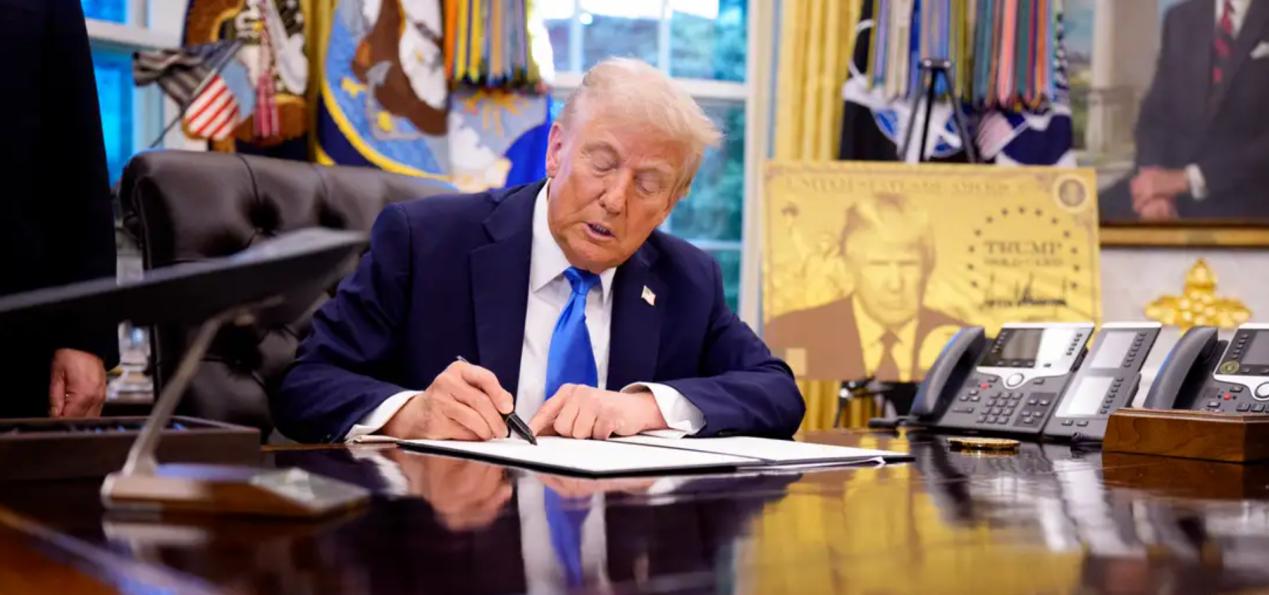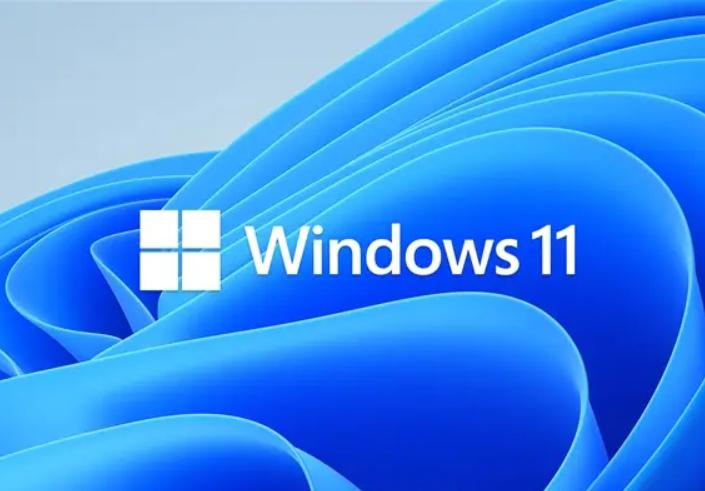
In September 2025, the Trump administration, under the pretext of "protecting domestic jobs," sharply raised the H-1B visa application fee from several thousand dollars to $100,000 and established a "Gold Card" immigration channel, attempting to screen out "irreplaceable" high-skilled talents through economic means. This policy, which ostensibly aimed to rectify the systemic abuse of visas, may in fact become a "self-inflicted" reform that undermines the foundation of the United States' technological hegemony. The chain reaction of the new policy has already begun to manifest in terms of enterprise costs, talent mobility, the innovation ecosystem, and the global economic landscape.
1. Skyrocketing enterprise costs: An unbearable burden for tech giants
The new H-1B visa policy has directly raised the threshold for enterprises to hire foreign talents. Take Amazon as an example. As the largest employer of H-1B visas in fiscal year 2024, it applied for over 9,000 visas. According to the new regulations, Amazon alone would have to pay an additional $900 million annually just for visa fees. Coupled with the revised equal pay standards, labor costs will increase exponentially. Morgan Stanley predicts that the new policy will lead to a reduction of 5,500 H-1B applications in the United States each month, forcing enterprises to cut jobs or outsource overseas due to cost pressure.
The situation for small and medium-sized enterprises and innovative companies is even more severe. Startups, which rely on H-1B visas to attract top global talents, are on the verge of financial collapse due to the $100,000 "visa rent." A partner at the venture capital firm Menlo Ventures pointed out that the new policy will reduce the United States' enthusiasm for attracting the world's smartest talents, directly impacting the "disruptive innovation" ecosystem in Silicon Valley.
2. Reverse talent flow: From "magnetic effect" to "brain drain"
The H-1B visa was once the "golden channel" for the United States to attract global high-skilled talents. Data shows that in fiscal year 2024, 71% of H-1B visas went to India and 11.7% to China. These talents contributed to a 30% to 50% increase in productivity in the United States in fields such as computer science, engineering, and healthcare. However, after the implementation of the new policy, the Indian IT industry was forced to adjust its "rotation to the United States" strategy, and countries like Canada and Germany quickly rolled out optimized global talent strategies to absorb the spillover talents.
Ironically, the new policy may also shut out "locally trained talents." About one-third of H-1B high-skilled workers are those who received higher education in the United States and chose to work there. However, the "skill penalty" mechanism of the new policy (the fee is 127 times higher than that for non-high school graduates' visas) precisely targets this group. This reverse screening is no different from cutting off the main artery of the United States' "internal talent circulation."
III. The Collapse of the Innovation Ecosystem: The "Chronic Suicide" of Technological Hegemony
The leading position of the US technology industry is essentially the result of the convergence of global talents. Research shows that for every 1% increase in H-1B talents between 1990 and 2010, the salaries of US native college graduates rose by 7% to 8%, and those of non-college graduates rose by 3% to 4%. This "talent dividend" directly translates into corporate innovation: companies that win H-1B quotas have a 27% higher output than those that don't, and the number of native employees has not decreased but increased.
However, the new policy has built an "isolation wall" of talent through economic barriers. Tesla CEO Elon Musk publicly opposed the new policy, pointing out that he himself is a typical case of achieving the "American Dream" through an H-1B visa. If the policy persists, the US will lose the core driving force for technological iteration. Investment bank Berenberg has lowered its forecast for US economic growth from 2% to 1.5%, directly stating that the new policy is an "anti-growth" policy.
IV. The Reconstruction of the Global Economic Landscape: The "Isolationist Trap" of the US
The spillover effect of the new policy is reshaping the global economic order. The more profound impact lies in the possibility that the US may lose its dominance in setting technological standards. When talents, capital, and technology accelerate their flow to open economies, the "innovation ecosystem" that the US is proud of will degenerate into an internal consumption cycle of a closed system. As Rutgers University professor Jennifer Hunt put it, "Closing the H-1B visa is equivalent to shutting down the engine of US economic growth."
The new H-1B visa policy reveals the deep anxiety of the US in the era of globalization: it desires to maintain technological hegemony while resisting the competitive pressure brought by talent mobility. However, history has proven that closed systems will eventually lead to entropy increase. When the US uses a $100,000 "visa wall" to isolate itself from global talents, what it loses is not only the current economic growth but also the possibility of future innovation. This "self-harming" reform might be the starting point for the US to slide from a "beacon country" to an "isolated island".

On November 28th local time, Microsoft publicly acknowledged a new known issue in Windows 11: After installing the optional update (KB5064081) and subsequent patches in August 2025 on Windows 11 devices, when selecting the login option on the lock screen interface, the "password" login icon mysteriously disappears.
On November 28th local time, Microsoft publicly acknowledge…
The European Commission's Autumn 2025 Economic Forecast out…
Recently, according to Xinhua News Agency, a ministry build…
Recently, the European Commission is about to unveil a seri…
On the just concluded trading day, the three major stock in…
By the end of 2025, the US financial sector is being swept …